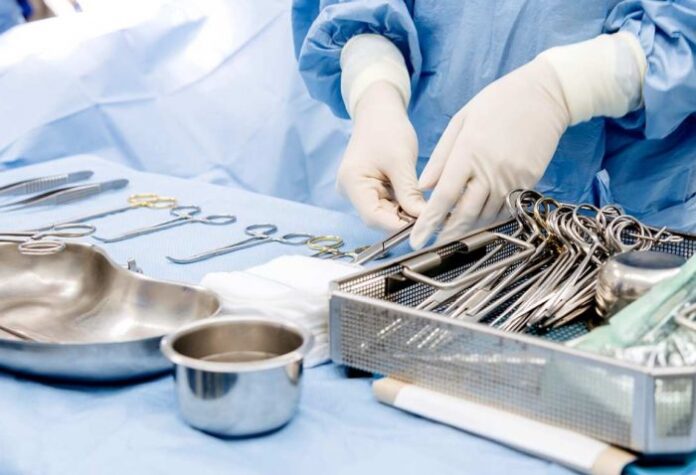Surgical instruments need to go through strenuous quality control and for good reasons. You are playing with cuts, blood, and infection is waving from the sidelines. Given how crucial the instruments are made out to be, several steps are taken before and after shipment and every time before surgery to ensure everything goes smoothly. There are routine checks to ensure the equipment is in proper condition throughout their life span. Average facilities spend around 3million USD on surgical instruments, and they are sterilized each time prior to a procedure. Find a full catalog of medical equipment and supplies online at SurgicalSupplies.us. From wheelchairs to knee braces to blood pressure monitors, we have New York City’s best selection of home healthcare and medical supplies.
The operating rooms are the primary moneymakers for a hospital. The surgery procedure is a crucial part of the operating room hence the importance of quality surgical equipment and their maintenance. Stained equipment or faulty tools during emergencies can prove to be fatal, which necessitates appropriate procedural undertaking.
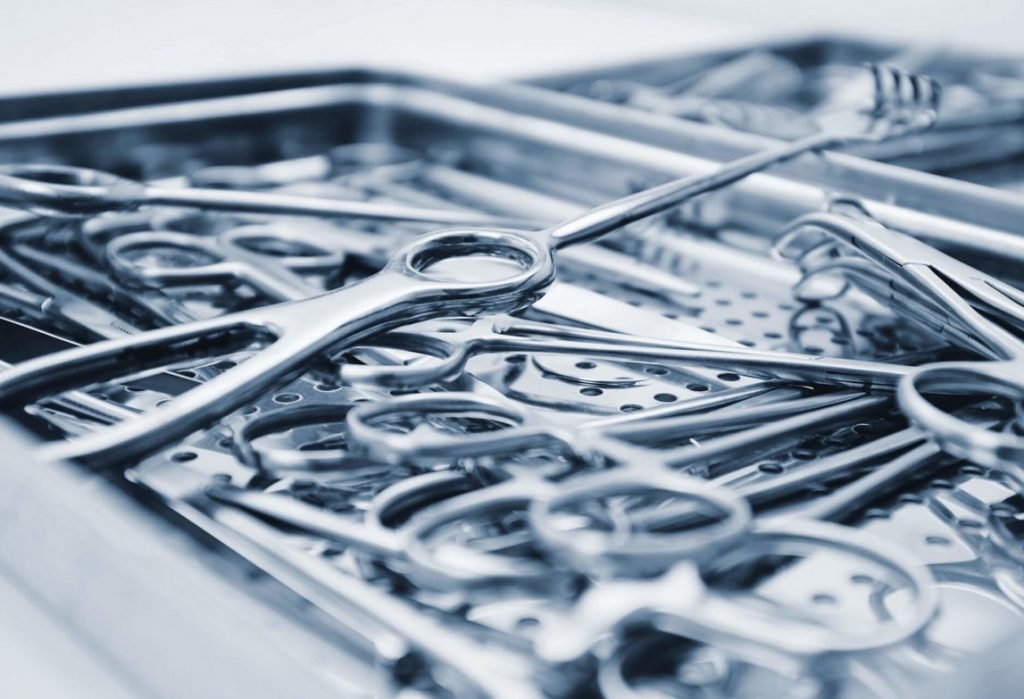
Instrument Care and its life cycle
Many quality assurances are made through tests, while a final verification of quality is made before the instruments are shipped.
That said, even after shipment and the transportation of the said instrument, the manufacturers advise the hospitals to inspect the shipped instrument for damages. These inspections are sometimes precise and account for any damages that may be invisible to the blind eye. This is why there are assessments and steps for assurance that are taken throughout the lifecycle of the instruments before and after shipment.
For example, the German quality Microsurgical instruments like Synovis Micro and such are made from 300 series stainless steel, and there are involvements of several designs and patterns within them. Highly skilled craftsmen manufacture these. They ensure quality through various assessments throughout the manufacturing steps.
Another important matter is how instruments are taken care of. This includes taking care of the instrument before, during, and after surgery. The first step is to pre-clean and point-of-use cleaning. The latter allows the instrument to be clean and remain clean throughout the surgical procedure. It is a critical step suggested by the IFUs as well. This way, the tools remain blood-free, debris-free and prevents biofilm and bioburden from forming.
It is also suggested to spray the tools with an enzymatic cleaner after surgery to prevent bioburden before they are sent to the SPD for final manual cleaning. Biofilm may begin to form within minutes, making cleaning the instruments with sterile water throughout the procedure a necessity.
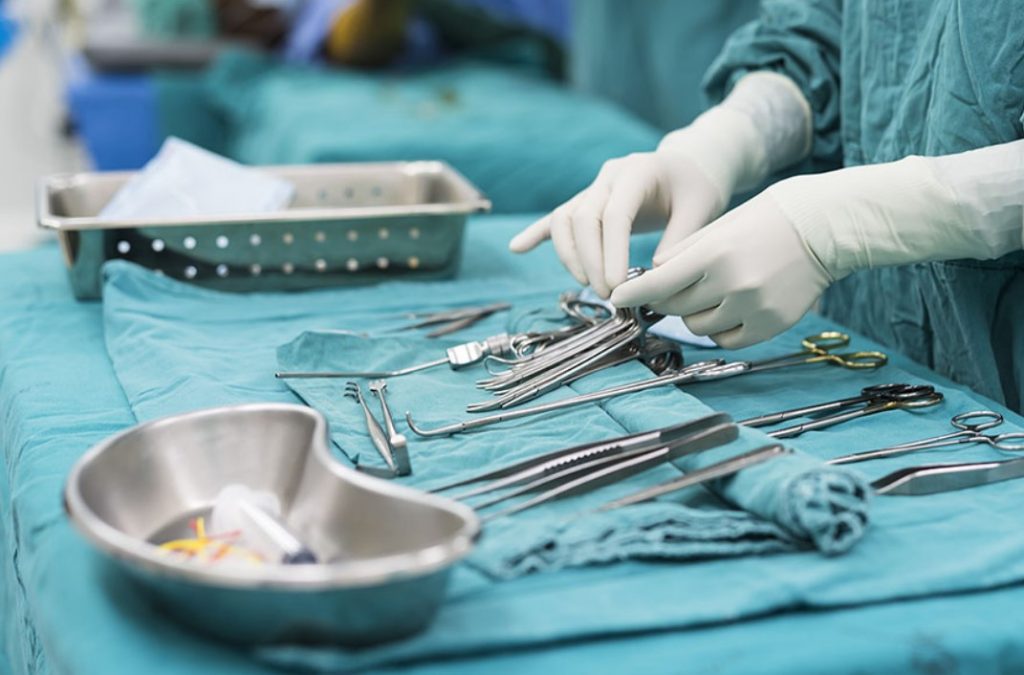
Is it actually Stainless?
German quality stainless steel or not, it’s unfortunate yet true that even German quality stainless steel instruments experience stains. Even though they are names as such, the stains are somewhat inevitable over time. However, improper care may drastically reduce the life span of the surgical tools. It may also incur damage in several ways. Several reasons make the passive layer of the instruments more prone to damage or corrosion. Staining is one improper use that can be mistaken for rust.
Having true rust on surgical equipment is rare, and stains can undoubtedly be present appearing in different colors, directing us towards the origin of the stain.
It is advised not to utilize harsh chemicals on the equipment. The high pH chemicals will cause stains and, after some time, may cause extreme erosion to the instrument. Genuine rust is very uncommon, and in some cases, people botch orange or earthy colored stains for rust. To check for rust, play out the eraser test. In the event that the equipment has a stain, it usually highlights dried bioburden or blood and might be eliminated if caught timely.
A few hospitals may accept their instruments ought to be disposed of once they find stains. They might get rid of it, thinking they are harmed or destroyed. It is essential to take note that if the staining or harm is caught in time, with proper steps of quality treatment of the equipment, stainless steel instruments might be resurrected and keep going for a long time.
Common causes of stain in the surgical equipment:
- Dried blood and debris
- Saline
- Iodine
- Strong Acid
- high alkaline concentrated detergent
- Chlorine compounds
- Sterilizer or autoclave build-up of deposits
- Water quality
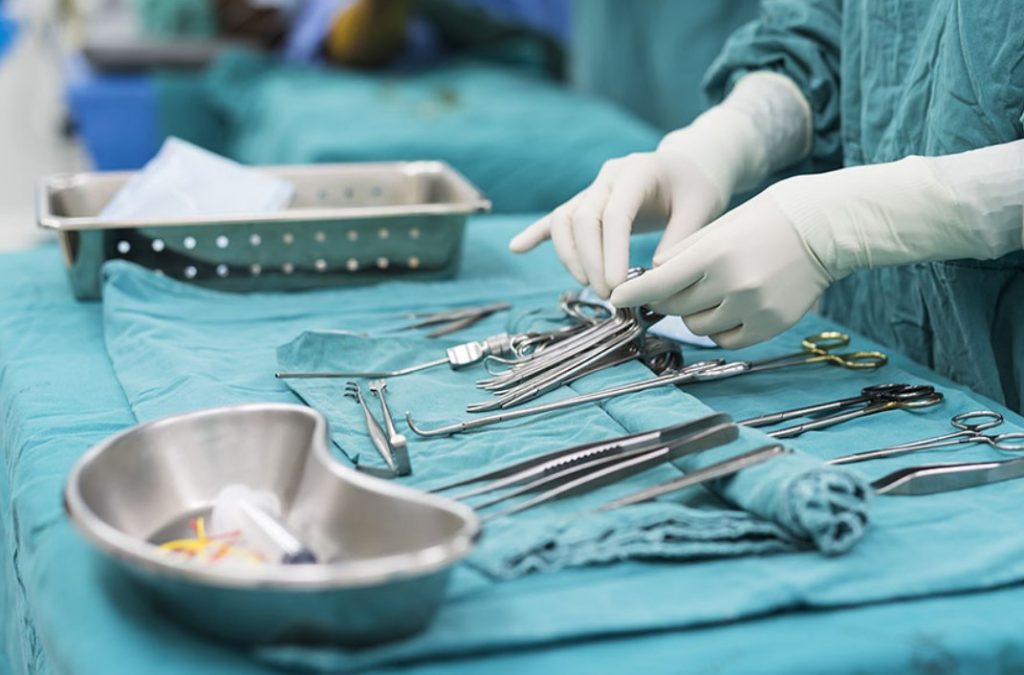
Importance of water type
A slightly lesser-known fact about surgical equipment and its maintenance is the water quality. You will often find water in the SPD to be deionized or reverse osmosis is used, or they are distilled. The IFUs put out advice regarding what kind of water is suitable for their tools. Another critical factor in the maintenance of surgical tools is the detergents used for cleaning the instruments/tools. If an enzymatic detergent is being used, their pH level should be neutral and low foaming.
Lubricants and Sterilizers
A relatively simple but effective method to maintain good equipment health is lubrication before sterilization. The proper lubrication will allow all the instruments’ parts to move freely. Joints, ratches, screws, and box locks are all different moving parts that should be lubricated, often following the procedure provided by each instrument’s IFU.
Sterilizers also require periodic cleaning as per their IFU and manufacturer’s recommendation. Facilities need a cleaned proper autoclave to maintain surgical equipment, and if the area contains mineral deposits or hard water, then they can adhere to the autoclave’s chamber walls affecting the instruments.
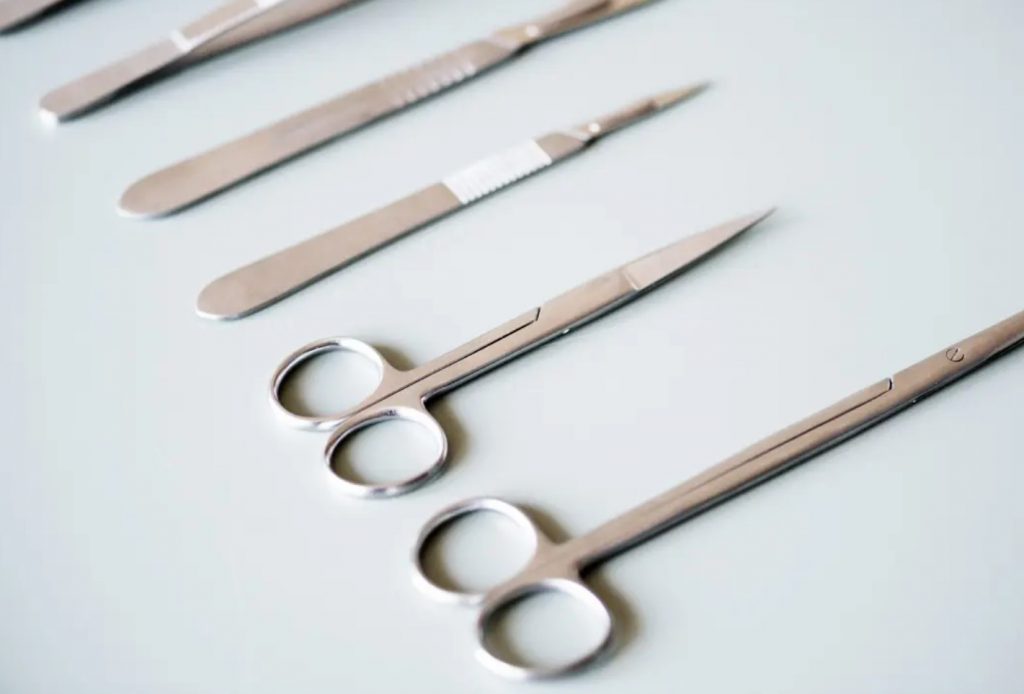
Conclusion
A lot of consideration is put into the several steps that are required for the proper maintenance and manufacture and quality control of the surgical equipment for hospitals. Negligence in any of the steps can deteriorate a whole batch of surgical equipment and their life cycle. As to why It is of utmost importance that the hospitals maintain the instruments as advised by the IFUs and focus on getting the best quality of equipment available to them. Quality equipment, especially for surgical needs, ensure that they last for longer and are easier to maintain. That said, maintenance is just as important, and negligence will degrade the quality and life cycle of the equipment no matter their initial quality.

